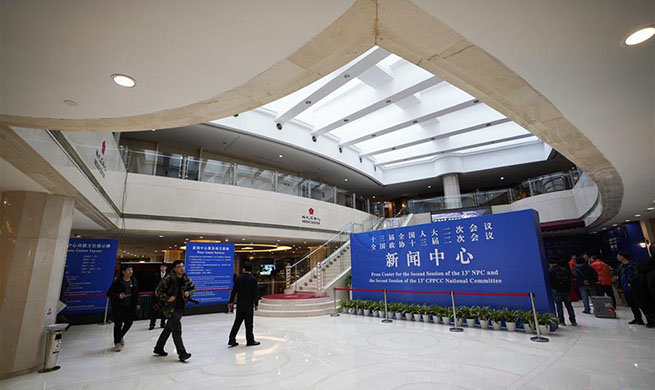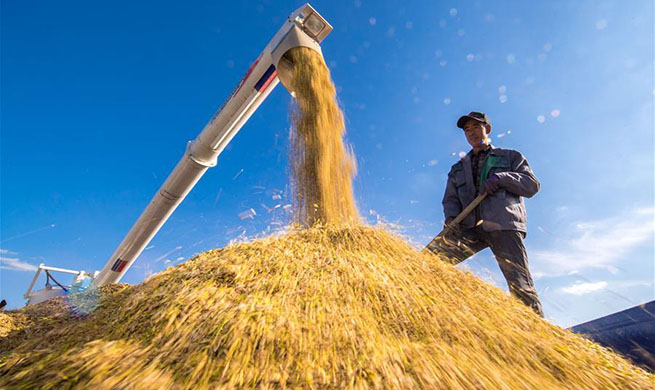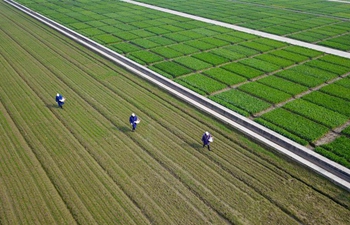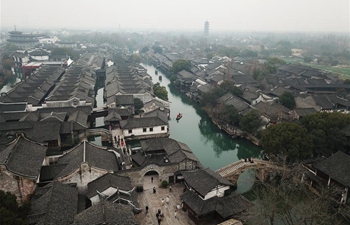BEIJING, Feb. 28 (Xinhua) -- Solid progress was made in the structural reform of China's economy last year, with traditional sectors becoming more efficient and new growth drivers stronger, an official report showed Thursday.
The National Bureau of Statistics published a communique on the economic and social development in 2018, noting that the supply-side structural reform deepened.
Thanks to efforts to downsize glutted sectors, the national industrial capacity utilization ratio remained at a relatively high level of 76.5 percent. The ratio for coal mining and washing sectors rose 2.4 percentage points from a year ago to 70.6 percent.
China's housing inventory was down significantly, and the debt-to-asset ratio for industrial businesses also dropped. Corporate operation costs declined as governments moved to reduce business burden, and investment surged in weak areas including environmental protection and agriculture.
The communique also showed robust new economic engines. The output of strategic emerging industries went up 8.9 percent year on year, and high-tech manufacturing expanded 11.7 percent. Equipment manufacturing grew 8.1 percent and accounted for nearly a third of the total industrial output.
High-tech investment went up 14.9 percent, and investment in tech upgrades increased 12.8 percent.
The production of new energy vehicles surged 66.2 percent, and smart TV sets went up 17.7 percent. Online retail sales gained 23.9 percent to over 9 trillion yuan (around 1.35 trillion U.S. dollars).
Under the guidance of the high-quality development concept, the economy posted stable performance in 2018 with improved quality and better livelihoods for people, a step forward in building a moderately prosperous society in all respects, the communique said.

















